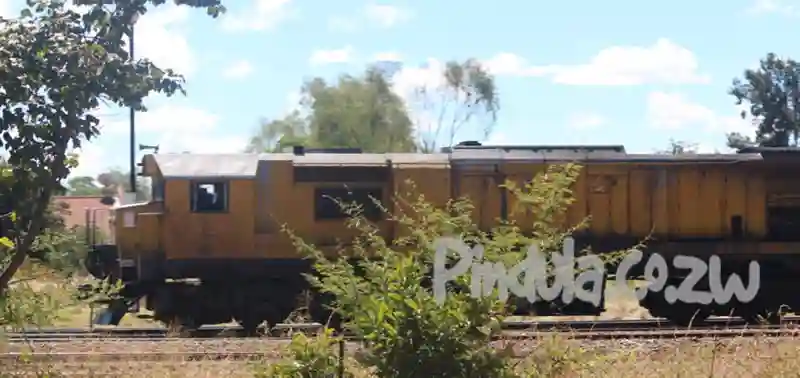Workers at the National Railways of Zimbabwe (NRZ) have claimed that the entity’s wagons occasionally spend days parked because the parastatal has no fuel.
Investigations by CITE have suggested that alleged gross mismanagement and corruption of unparalleled levels at the NRZ are threatening the state entity’s viability.
NRZ is said to be generating significant income which is allegedly being misappropriated by the same at the expense of nearly 4 000 employees most of whom are poor salaries.
At its helm, NRZ has Respina Zinyanduko as the General Manager (GM) who took over the reins in January 2021 in an acting capacity following the death of acting GM Joseph Mashika. Zinyanduko, the first-ever woman to head the railway company was in December last year appointed substantive GM.
CITE reports that while NRZ business volumes have improved way better than in the Karakadzai and Mukwada eras, still there is nothing to show for the suffering employees owing to alleged mismanagement and bad corporate governance at the parastatal.
The situation is so bad that frustrated workers are ditching the company on a weekly basis, some without even serving any notices.
NRZ, which last bought locomotives over 30 years ago is currently leasing from South Africa’s Transnet and SheItam, something that comes at a huge cost for the entity. An employee privy to the operations at the company told CITE:
The situation at NRZ is far worse than you can imagine.
The Sheltam locomotives occasionally spend days parked because the NRZ has no fuel. Same story with what’s remaining of Transnet locomotives. Taking a thorough cost over benefit analysis, fuel cost is at most 3% of the income generated hence close to negligible.
It’s actually more expensive to park a locomotive than to run it.
Fuel shortages are a result of mismanagement and misplaced priorities by the untouchables, otherwise fuel is not a big deal at all.
The biggest fuel tank on a locomotive is 6000 litres for a DE11, 4500litres for a DE10, and 3000liters for a DE9.
According to NRZ’s daily locomotive utilisation analysis report for June 16-17 seen by CITE, three locomotives (2104, 34612 and 34840) were parked awaiting fuel while one locomotive (1036) was waiting for sump oil. On the other hand, a total of six locomotives (1011, 1015, 2103, 2109, 34851 and1036) were completely out of service.
As of June 21, the locomotive position was 4 x DE11, 8 x DE10, 17 x DE9, 3 x DE6 and three South African locomotives.
Company insiders say the NRZ is more than capable of generating enough revenue to sustain and even recapitalize itself if it was not for maladministration.
They said in addition to the revenue being generated through goods transportation, the company has a lot of buildings and land for lease under its Real Estates department though they claim everything is for the pension fund. Enough money is there.
An insider said NRZ was charging US$ 0.50 per tonne per kilometre. A wagon carries up to 70 tonnes, therefore, if it’s carrying coal from Hwange that’s US$35 per km.
It’s around 300km from Hwange to Bulawayo and it’s around US$10500 per wagon. For a full load of 26 wagons, it becomes US$ 273 000 just from Hwange to Bulawayo. Assuming it’s a DE10 locomotive with a 4500-litre diesel tank and it spends all the diesel, the fuel cost is US$7785. From the income generated US$265 215 remains after removing fuel costs.
Assuming the train moves once a week, US$1 060 860 is generated per month by just one train if it moves from Bulawayo to Hwange once a week.

